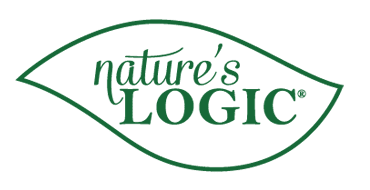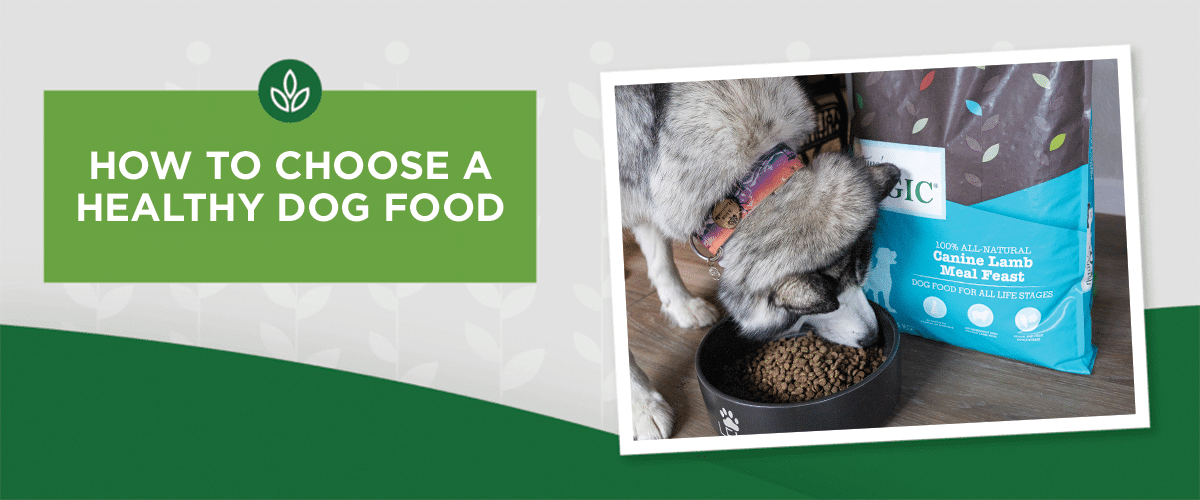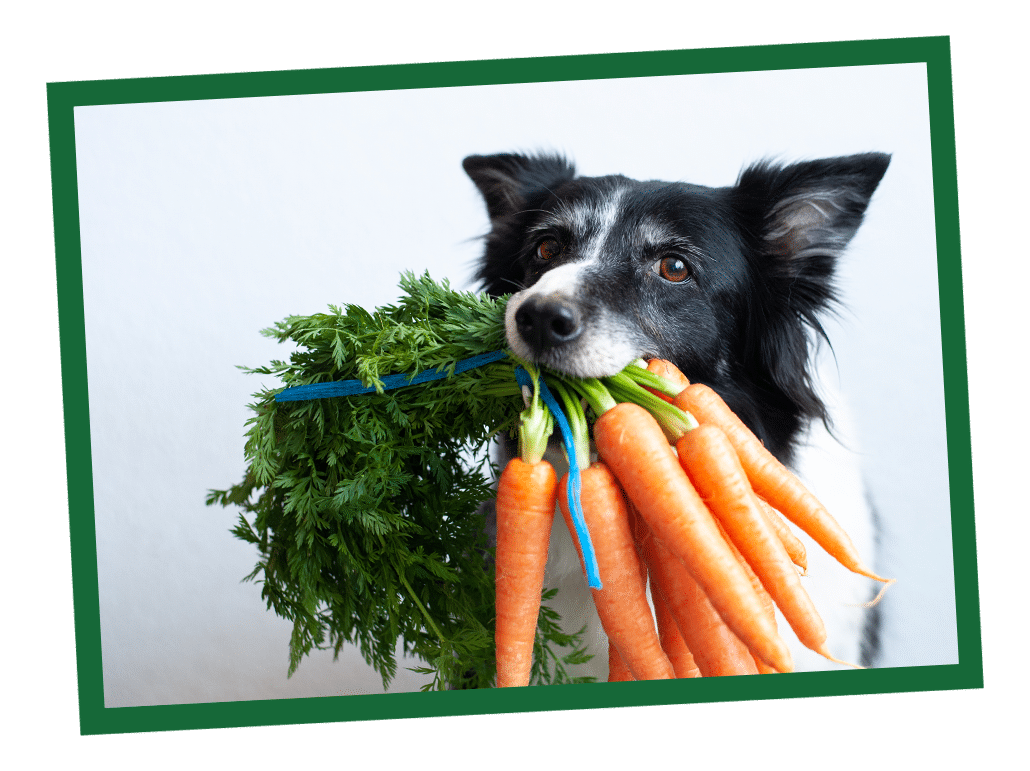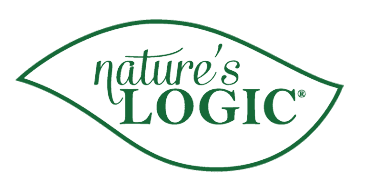A Guide to Choosing Healthy Dog Food
Choosing the right food for your dog can feel overwhelming with all the available options. Our guide will walk you through the factors to consider when choosing nutritious dog food, from recognizing your pup’s unique needs and exploring different types of food, to deciphering food labels and selecting the right food type for your pet. This guide will help you navigate the world of dog food and make informed decisions to fuel your canine companion.
Understanding Your Pup’s Needs
Each dog has unique needs based on many factors, including their size, breed, activity level, and health conditions. Understanding dog nutrition based on these factors is the first step to choosing healthy food for your pup.
Size & Breed:
- Size: The size of your dog influences their dietary need by affecting metabolism and energy requirements; larger dogs typically need fewer calories per pound than smaller breeds. Small breeds may require diets higher in fat and protein for their faster metabolisms, while large breeds may benefit from controlled nutrient levels that support healthy growth.
- Breed: Your dog’s breed may impact nutritional requirements based on predispositions to specific health issues. For example, large breeds may need joint support or supplements, while small breeds may require more attention to dental needs related to their diet. Understanding these factors can help tailor a diet plan that promotes optimal health and wellbeing for dogs of different sizes and breeds.
Activity Level:
- Active Dogs: Pups that are highly active, such as those involved in agility training, working dogs, or those with high energy levels will require more calories to fuel their activities. Diets higher in protein and fat content may be suitable to sustain their energy levels.
- Sedentary Dogs: Dogs that lead a more sedentary lifestyle such as older dogs or those with health issues limiting their activity, may require fewer calories and a recipe with a lower fat percentage. Diets with lower calorie and fat content may help manage their weight without compromising essential nutrients.
Health Conditions
- Food Allergies or Sensitivities: Some pets may have allergies or sensitivities to certain ingredients like grains, poultry, or beef. In such cases, diets with novel protein sources or that exclude certain ingredients, like grain free recipes, may help alleviate symptoms.
- Digestive issues: Dogs with sensitive stomachs or gastrointestinal issues may benefit from recipes that are easily digestible and free from common irritants or allergens.
- Obesity: Overweight or obese dogs may require lower fat or calorie content in their food. Controlled portions of a nutrient rich diet can help ensure they’re not being overfed which may help them lose weight and maintain a healthy body condition.
Your vet can help you better understand your dog’s nutritional needs based on their size, breed, activity level and can also offer recommendations if they have any health conditions.
Types of Nutrient Rich Dog Food
There are many types of dog food options including dry kibble, wet or canned food, and raw diets that can support your pup’s nutritional requirements.
Dry Kibble
Dry kibble dog food is a complete and balanced meal option for pups that comes in small, dry kibble pieces. It is convenient to store and portion control. There are many different varieties available including grain free formulas and protein options like Chicken, Sardine, Rabbit, and Beef. All Nature’s Logic kibbles deliver nutrition through wholesome and natural ingredients and contain no added synthetic vitamins or minerals. It’s complete and balanced for dogs of all ages, sizes, and breeds. This allows you to focus on finding the best match for your dog through their desired protein sources and caloric needs.
Wet or Canned food
Wet dog food, also commonly referred to as canned dog food, is a type of food that comes in sealed cans or pouches. It has higher moisture content than dry kibble and is typically easier for dogs to chew. Canned food is a great option for more senior and small dogs, dogs with small mouths and those with dental issues that may struggle to eat kibble. It is also a good source of added hydration. Wet or canned food also comes in a variety of flavors like Duck and Salmon, Turkey, and Venison. Wet food is typically highly palatable for dogs and can help entice picky eaters – even when used as a topper to kibble.
Raw Diets
Raw diets for dogs consist of uncooked meat, bones, organs, and sometimes fruits and vegetables. They are designed to mimic the diet of wild dogs. Pet parents who feed their dogs a raw diet may struggle to safely store dog food while traveling. It can also be challenging to ensure your dog receives all the nutrients they need from homemade raw diets alone. The good news is, mixing raw and kibble can help address these challenges and promote good nutrition and overall health within your pet. If you are considering feeding your dog a raw diet, it is important to talk with your veterinarian first.
Deciphering the Label
Understanding how to read dog food labels can help you better identify and select a high quality diet for your dog.
Ingredient List
Typically found on the back of the bag, this is the list of ingredients that are included in the recipe and is listed in descending order by weight. This means that the ingredients at the top of the list have higher inclusion in the recipe than those that appear further down towards the bottom of the list.
Because of this, you’ll want to look for a recipe that has a named high quality animal protein as the top ingredient. High quality named meat sources can include whole proteins like chicken, beef, and fish or named meals like lamb, pork, or turkey.
A good rule of thumb regarding meals: the more specific the name of the meal (i.e. chicken meal), the more likely it will be a quality meal. Generic terms like “meat by-products” can indicate lower quality protein sources. Ingredients like “meat meal,” or “soybean meal,” “poultry meal,” or “poultry by‐product meal” likely include sub-par ingredients that may be hard for your pet to digest.
In addition to protein, keep an eye out for additional ingredients commonly found in healthy dog food. These include natural carbohydrates like fruits and vegetables, healthy animal fats or plant-based oils, and prebiotics and probiotics that help support gut health.
Guaranteed Analysis
This section lists the inclusion levels of key nutrients like protein, fat, fiber, and moisture. When reviewing, look for recipes with high protein content. Foods with high crude fiber content (above 5%) can indicate inclusion of fillers like corn or wheat which can be difficult for your pup to digest and offer minimal nutritional value.
Things to Avoid
- Artificial flavors, colors, and preservatives: These don’t offer nutritional value and may cause irritation.
- Fillers: Ingredients like corn, wheat, and soy are often used to bulk up the food but offer little nutritional value for dogs.
How to Choose the Best Dog Food
It’s important to consider your dog’s specific needs, and work with your veterinarian when choosing the right food for your pup.
- Choose Wet, Dry, or a Combo: Decide whether you want to feed your dog wet food or dry food. You can also consider mixing wet and dry dog food or even combining raw and kibble.
- Check the Label: Look for dog foods with all natural nutrition with no synthetics, like Nature’s Logic dog food. Select recipes that list named proteins like beef, chicken, and sardine as the first ingredient. Avoid foods with too many fillers, by-products, or artificial additives.
- Look for Complete and Balanced formulas: Choose food that is labeled as “complete and balanced” which means the recipe contains the right proportions of the essential nutrients your dog needs.
- As a pup’s nutritional needs can change throughout their lives, transitioning to a different type of food may be necessary. The key to successfully changing dog food is to transition slowly over 7-10 days and note how your dog responds.
- Whenever considering switching your dog to a new food, it’s worthwhile to discuss the plan with your vet to confirm the best course of action for your pup.
No matter which dog food option you choose, prioritize a high quality recipe formulated for your pup’s specific needs to promote a healthy, natural life. Interested in incorporating Nature’s Logic products into your pet’s diet? Find a store near you.






